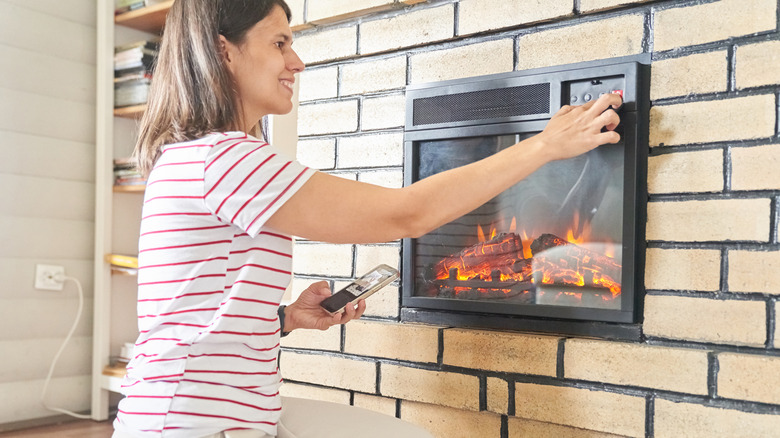How Often Should You Replace The Furnace In Your Home?
Most of us don't think about our furnace until it stops working in the middle of a cold snap. But just any other appliance (or your lawn mower's blades), your furnace has a lifespan. Thus, knowing when to replace it can save you money, hassle, and possibly even keep you safe. On average, most furnaces last somewhere between 15 to 30 years. But this is not a fixed range. A furnace's life depends on how well it's maintained, and even the weather in your area can make a big difference.
Gas furnaces typically last around 15 to 20 years. As for the electric ones, they usually stick around longer — up to 25 years, because they have fewer moving parts that can wear out. Boilers fall somewhere in the middle, between 15 and 25 years, although some older cast-iron models have been known to push past 50. Regardless, once your furnace reaches the 15-year mark, it's a good time to start thinking ahead. You might not need a full replacement right away, but it's time to keep an eye out for signs.
How to know it's time?
Not every furnace goes out with a bang. Sometimes it's just a slow decline, and strange noises are usually the first red flag. For instance, popping, screeching, or loud humming sounds shouldn't be ignored. Another warning sign? A yellow burner flame instead of blue, which could point to carbon monoxide issues — a serious and dangerous problem. And if your energy bills have been creeping up even though your usage hasn't changed, your furnace might be losing efficiency.
Repairs also become more common as the furnace ages. Here's a good rule to follow: Multiply the repair cost by the age of your furnace. If that number is more than $5,000, replacement is probably a smarter choice. Also, if the repair bill is more than half the price of a new furnace, it usually makes more sense to go with a new one. Other subtle signs are uneven heating between rooms, extra dust in the air, or soot building up near vents. Some people even notice drier air or plants wilting indoors, which sounds strange but is sometimes a real sign of a system on its last legs.
Tips to help your furnace last longer
The good news is that you can stretch your furnace's life with a few simple habits. The best thing you can do is get annual checkups, maybe one in the fall before winter hits, and another in spring. A regular service of your car keeps it running smoothly, right? Just like that, a timely service to your furnace can increase its life. What more can you do? Replacing your furnace's filter every three months, or at least twice a year, can also help keep airflow steady and clean.
Also, sealing and cleaning your ductwork keeps the system from overworking itself. A programmable thermostat can also help by maintaining consistent indoor temperatures. Less on-off cycling simply means less wear. Good insulation in your home also makes a big difference. If your home holds heat well, your furnace doesn't have to run as hard or as often. At the end of the day, knowing when to say goodbye to your old furnace and treating the one you currently have can make all the difference.


